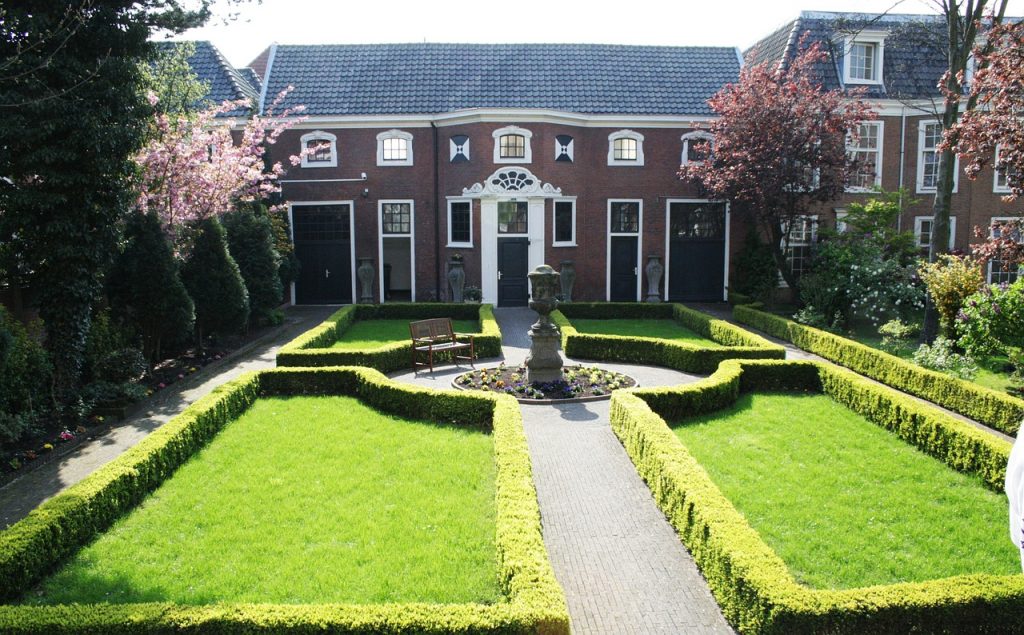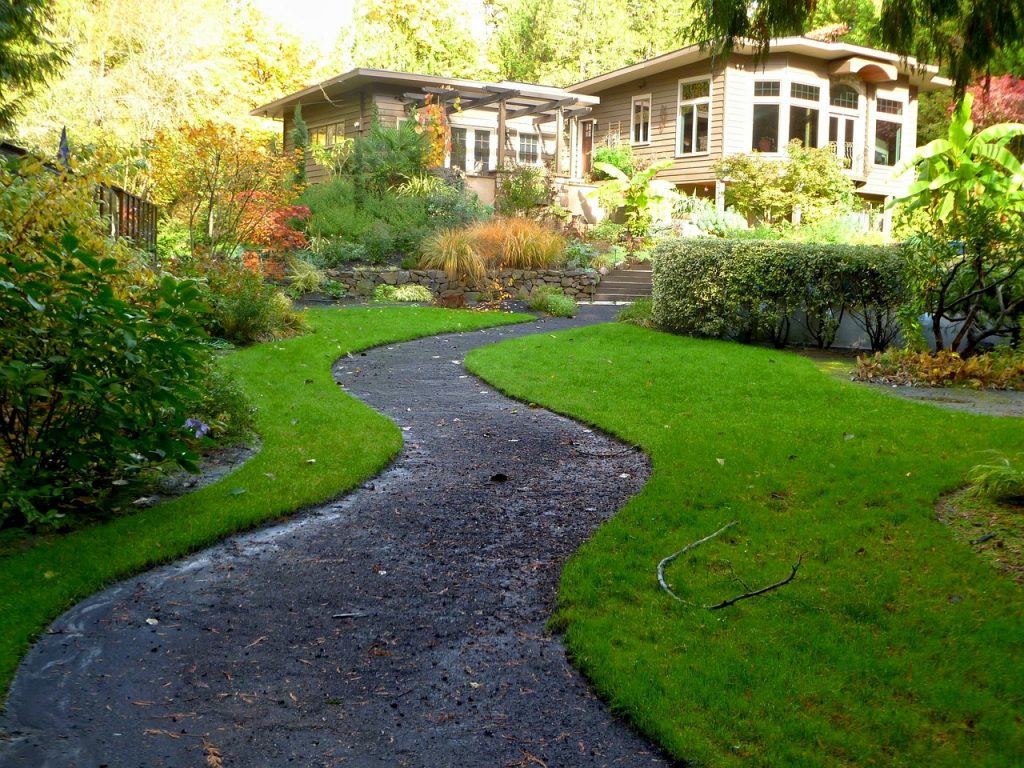A landscaping plan is nothing but a floorplan of your outdoor area. Therefore, it is best to start with this approach for creating landscape plans. These plans are designed to give you a better idea and clarity of the project and streamline the decision-making process. So, keep the following tips in mind when working on a landscape planning project.

Lists
Irrespective of the size, before you undertake any landscape project, it is important to make a list of what you need. Begin by deciding what you want to do with space. Do you want to make a vegetable patch or a play area for the kids? The ultimate goal will define the landscape design. Don’t worry about these being the final lists. You can always make changes as you move along the requirement gathering and finalizing phase.
Location
The location of your outdoor space is equally important as it is dependent on the sun or the wind direction. Also, if you plan to use the space throughout the year then you have to consider the natural elements. So, before you decide on what you want to design use the planning phase to consider what options would fit the best considering the availability of sunlight and the intensity of the wind.
Small Beginnings
For beginners, it is recommended that you start small. However, this does not mean that you don’t create the entire plan on paper. You can have a complete and ready to kick-off plan of your landscape requirements, however, beginning with a small flower bed rather than an elaborate water feature. Small beginnings also allow you to tweak your plan as you go.
Focal Point
Rather than building a series of focal points, try and find a single one that will become the central attractive feature of your outdoor area. It can be a stunning plant, or a unique sculpture, or even a quaint birdbath. The rest of your landscape planning should be centered around it. As a focal point, make sure that it is a well thought out decision.
Scale
The key is to find a pattern. You can be repetitive without being boring. Try out different looks on paper at the planning and designing stage, and you are sure to find what suits the scale of the project that you are undertaking. Additionally, since the area will be developed in phases, make sure that similar elements come up together. This is especially true in case of shrubs and flower beds so that they bloom together.
Flexibility
Lastly, be open to change. Don’t make rigid landscape plans that are difficult to change as you work on the area. Not everything that looks good on paper will have a similar effect when completed in reality. Therefore, give yourself options during the planning phase itself. It will help you reduce project downtime, especially if materials are not available.

Landscaping can often prove to be an overwhelming activity for beginners. Therefore, if you spend enough time planning this activity, you can do much more on the ground in much less time.
